A New Book Shows How the Automobile Has Shaped the History of Contemporary Culture

Committed students of any stripe are a pretty serious bunch, and it’s a virtual certainty that collectors of just about anything will have amassed a library of books on their preferred subject. Despite the proliferation of online resources, car enthusiasts are known to be bookworms, always consulting printed materials for reference, broadening their knowledge or simply for the pleasure of taking an armchair drive when not actually behind the wheel.
Their shelves might be lined with marque monographs, technical manuals, histories, photo portfolios and even contemporary reviews, all of which can enhance the ownership experience in tangible and intangible ways. One new publication that is required reading for any committed car lover is The Archaeological Automobile by Miles C. Collier, published in 2022 by Collier AutoMedia LLC. In this 392-page volume, the founder of Revs Institute in Naples, Fla., an important automotive museum, research and educational facility, convincingly positions the automobile as the greatest technological artifact of the contemporary world. One could argue that the car, in its finest form, is also the greatest sculpture of our age, but that is a discussion for another time.
More from Robb Report
A 1937 Talbot-Lago Teardrop Coupe Led Gooding & Company's Robust $212 Million Sales in 2022
Car of the Week: This 1999 Lamborghini Diablo VT Roadster Could Raise the Roof at Auction
Car of the Week: This Ultra-Rare 1959 Porsche Raced in the Congo. Now It's Heading to Auction.
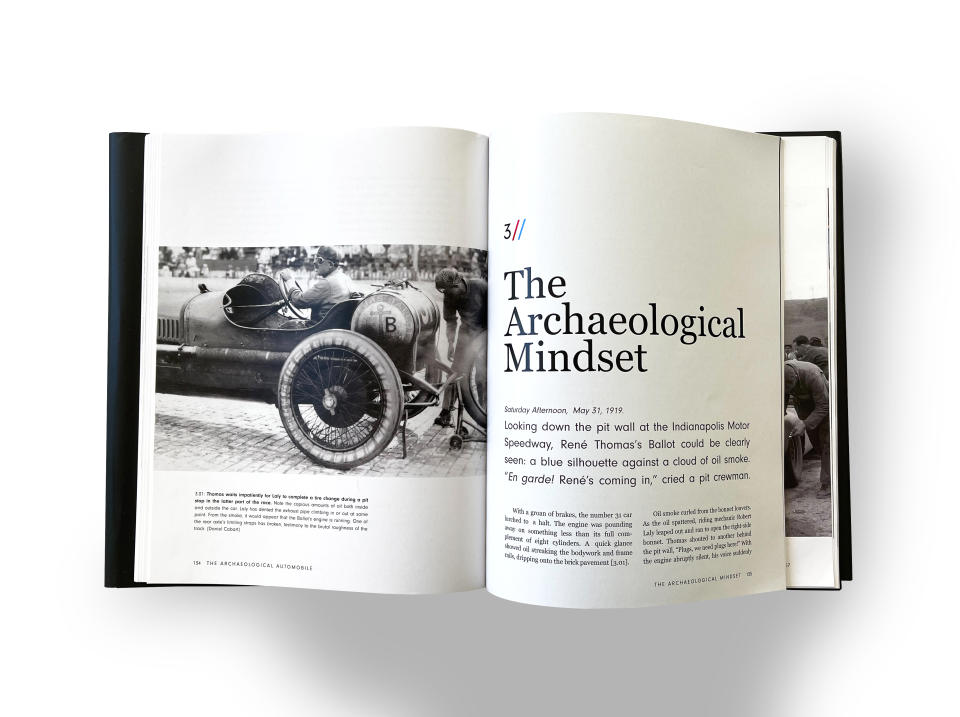
To be sure, the automotive ownership experience is evolving as quickly as is the automobile itself. Even a V-12-powered Italian sports car from the first decade of the 21st century is a relatively straightforward machine when compared to the new computer-cum-motorcars, those rolling digital devices that will surely usurp traditional internal-combustion vehicles in the near future. Given the fast-paced role change of the car, this book considers the significance of past, present and future automobiles from six perspectives.
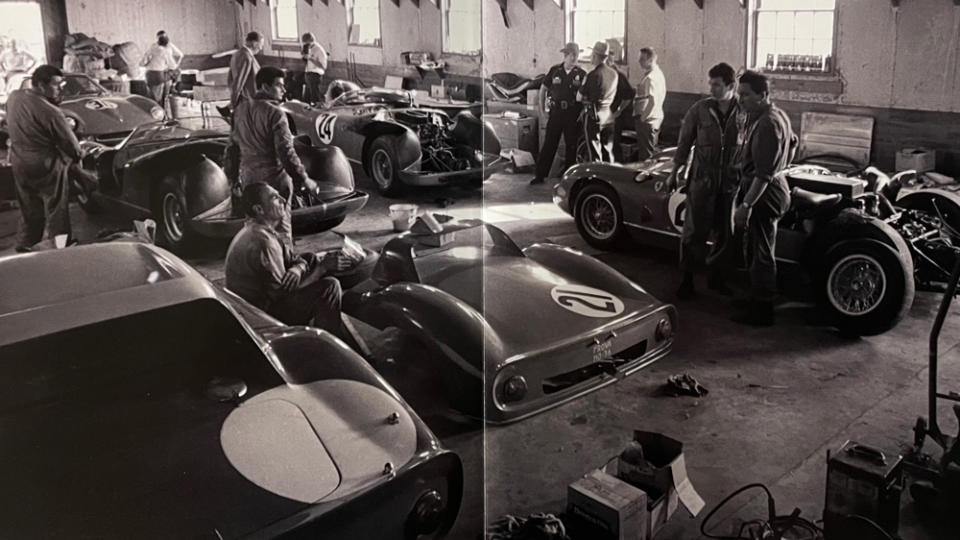
The section entitled “The Evolution of the Automobile” examines the origins of the horseless carriage, envisioned as a panacea to the pressing need for mass transportation. The spell cast by speed and style ensured the motorcar’s success, and the birth of a new industry that defined world commerce going forward. “The Rise of the Collectible Automobile” explores the appreciation for historic relics as their age distanced them from contemporary cars, how some became icons and how a collector market emerged that made some nearly as valuable as any piece of fine art—painting, sculpture or antiquity—ever to come to auction.
“The Archaeological Mindset” portion takes an Egyptologist’s approach to the restoration of an ancient race car, revealing details as dust and age are brushed away and research fills in the missing pieces to complete a compelling rendition of the original machine. Then, the subsequent “Collecting and the Archaeological Automobile” probes the notion of connoisseurship, a highly charged term that suggests matters of taste, discernment, passion and less laudable attributes that occasionally motivate collectors, such as greed and hubris.
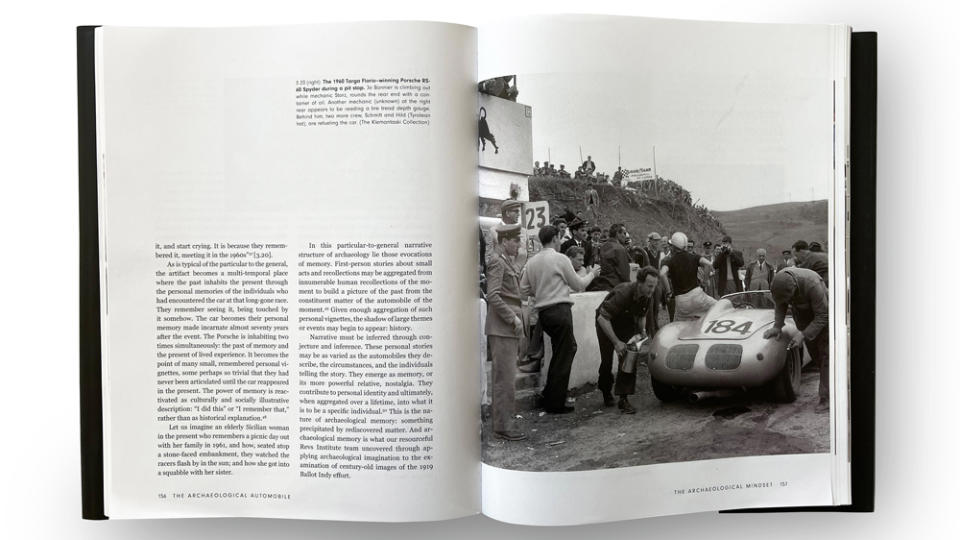
An especially relevant section is “Restoring the Archaeological Automobile,” which even suggests that restoration is an inherently fictitious concept. As is often said, “It’s only original once.” But sometimes the restorer must intervene, and a responsible conservator is confronted with numerous and subtle courses of action, occasionally with no single correct answer. Architectural conservators are faced with this all the time; should a Gothic building erected in 1390 and renovated every subsequent century be restored with its impressive Baroque-era facade—or to its original, and far less opulent and significant design? For example, Collier considers the correct way to repaint a 1964 Alfa Romeo GTZ race car in such a manner that respects and replicates the car’s competition history.
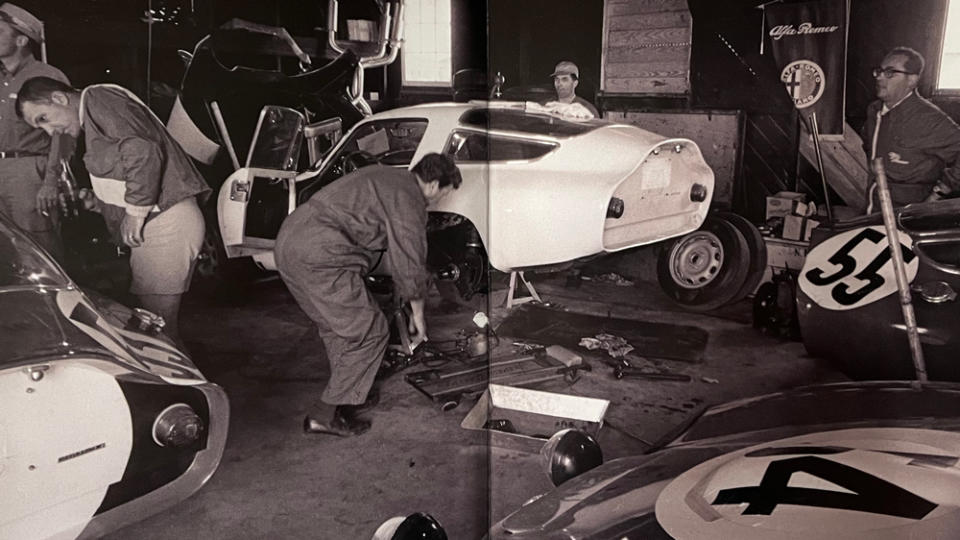
Finally, “The Archaeological Automobile of the Future” takes a critical look at the challenges of preserving our automotive legacy in light of adverse political agendas, shifting public sentiment, the aging out of specialist restorers and technicians and an unpredictable collector market.
This book is ambitious in its reach, embracing and arguing its subject more comprehensively and convincingly than any I’ve yet read. It will delight lovers of automotive minutiae and equally satisfy philosophical types, posing questions and positing answers at every turn. Basically, it’s an immensely satisfying and worthwhile tome for anyone who has ever wondered about old cars.
Click here for more photos from The Archaeological Automobile by Miles C. Collier.
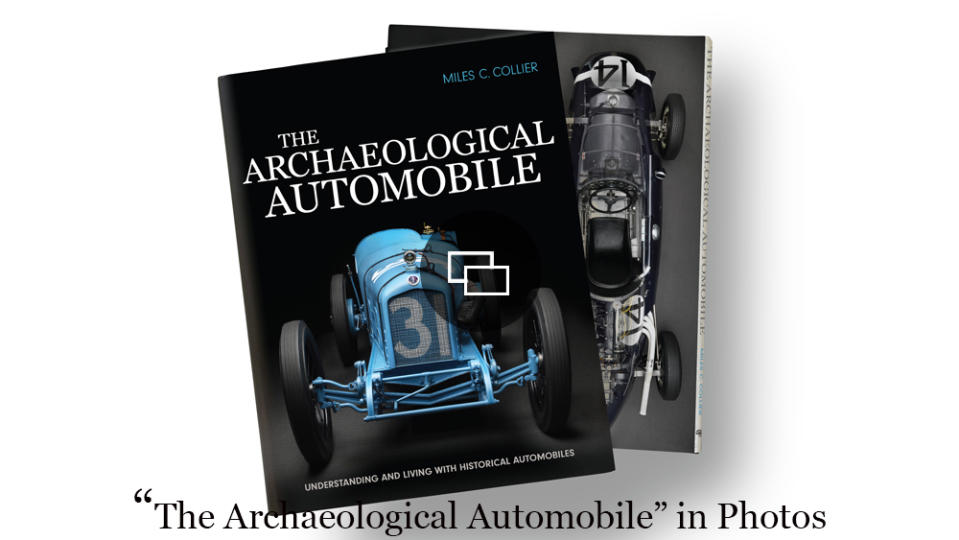
Best of Robb Report
The 15 Best Travel Trailers for Camping and Road-Tripping Adventures
The Chevy C8 Corvette: Everything We Know About the Powerful Mid-Engine Beast
Sign up for Robb Report's Newsletter. For the latest news, follow us on Facebook, Twitter, and Instagram.

